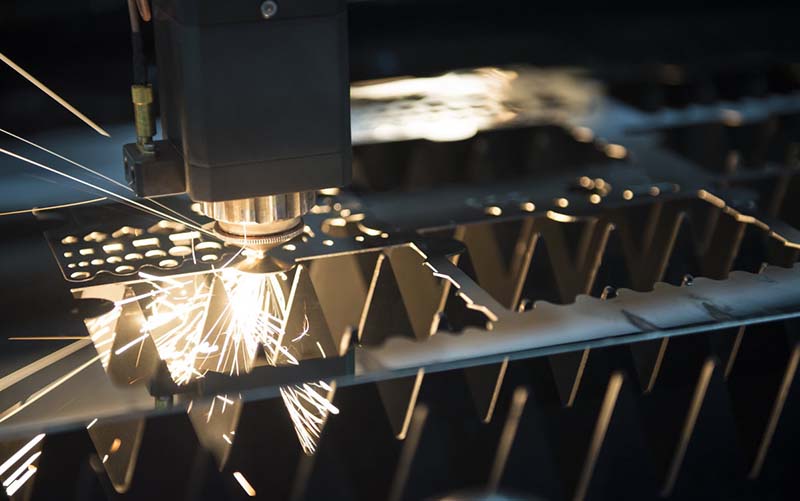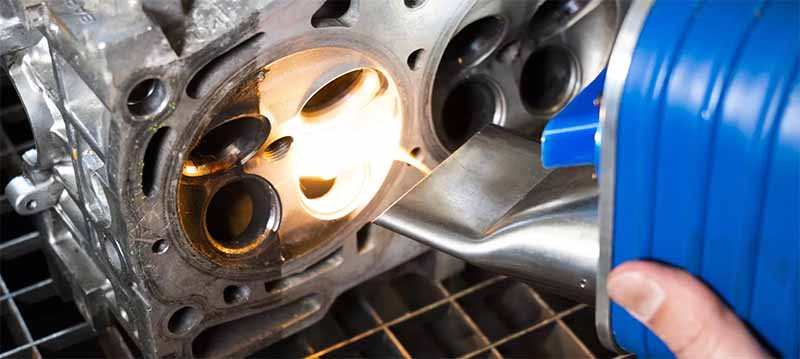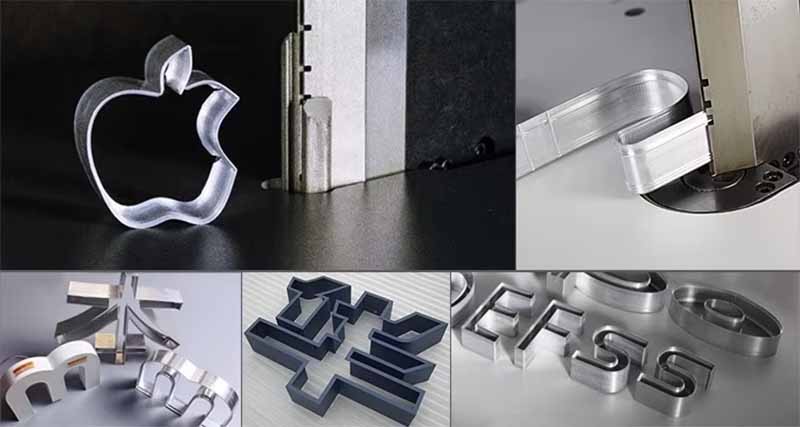In the field of industrial precision manufacturing, traditional cleaning methods such as sandblasting, chemical soaking, and mechanical polishing have long struggled with issues like high pollution, low efficiency, and substrate damage. By contrast, laser cleaning precision surfaces offers a non-contact, high-accuracy, and eco-friendly solution that is driving a transformative shift toward smarter and greener manufacturing. This technology not only overcomes the limitations of conventional processes but also opens up new applications in precision component cleaning, advanced manufacturing, and even cultural heritage preservation.
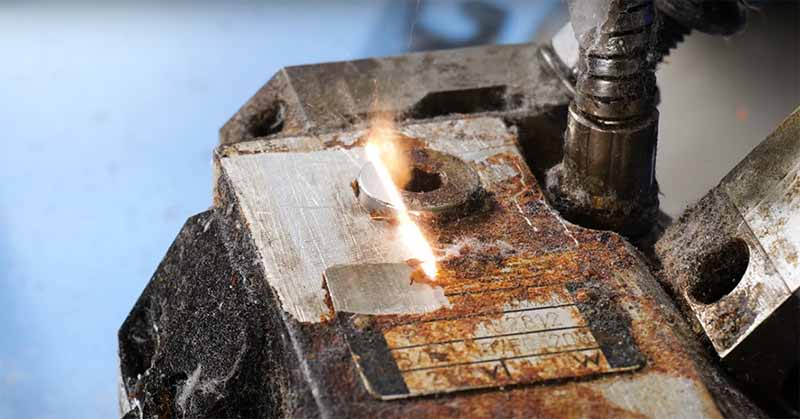
Traditional industrial cleaning methods—such as mechanical abrasion, chemical corrosion, high-impact blasting, and ultrasonic cleaning—often suffer from low efficiency, poor automation capability, and negative environmental impact, making them unsuitable for the high standards of precision manufacturing.
Laser cleaning, by contrast, employs a high-energy laser beam at specific wavelengths that is absorbed by rust, paint, or other surface contaminants. This absorption creates rapid plasma expansion and generates shock waves, which break down and remove the unwanted layer. Because different materials absorb laser energy at different rates, and the laser parameters can be precisely controlled, contaminants can be removed without damaging the underlying substrate.
As a non-contact, consumable-free, and highly controllable process, laser cleaning is an environmentally friendly solution ideally suited for complex workpieces, precision components, and demanding industrial cleaning applications.
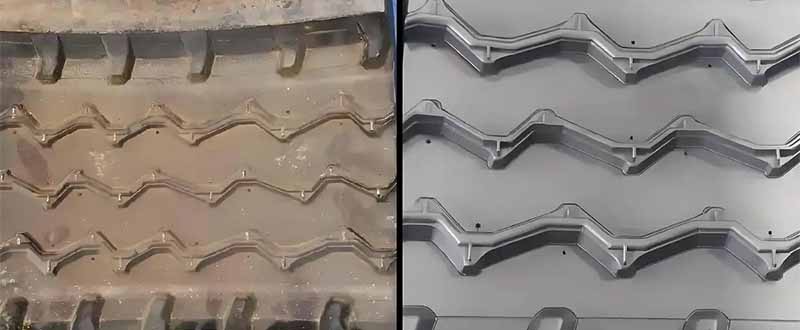
Advantages of Laser Cleaning Precision Equipment
- Eco-Friendly and Efficient
Laser cleaning requires no chemical solvents or cleaning agents—only a focused laser beam. Without the need for large volumes of water or hazardous chemicals, it eliminates secondary pollution and reduces environmental impact.
- High Precision and Efficiency
With concentrated energy and adjustable parameters such as power, frequency, and spot size, laser cleaning achieves precise control from nanometer-scale oxide removal to thick coating stripping. For example, in aircraft engine blade cleaning, lasers can selectively remove surface oxides (≤50 μm) while preserving the substrate’s microstructure, achieving efficiency more than five times higher than traditional methods.
- Zero Damage to Substrate
Unlike mechanical grinding that risks scratching the base material, laser cleaning is a non-contact process that avoids mechanical stress. Tests show that the impact on surface roughness of aluminum alloys, titanium alloys, and carbon fiber composites is less than 0.1 μm, making it ideal for precision molds, optical devices, and other high-value components.
- Smart Automation
Laser beams can be transmitted via optical fibers and easily integrated with robotic arms and automated systems. This enables safe and efficient cleaning in hazardous areas, complex structures, and curved surfaces where manual methods fall short.
- Wide Material Compatibility
Laser cleaning is effective for removing a variety of coatings, including paint, adhesives, and resins, and is suitable for both metallic and non-metallic substrates.
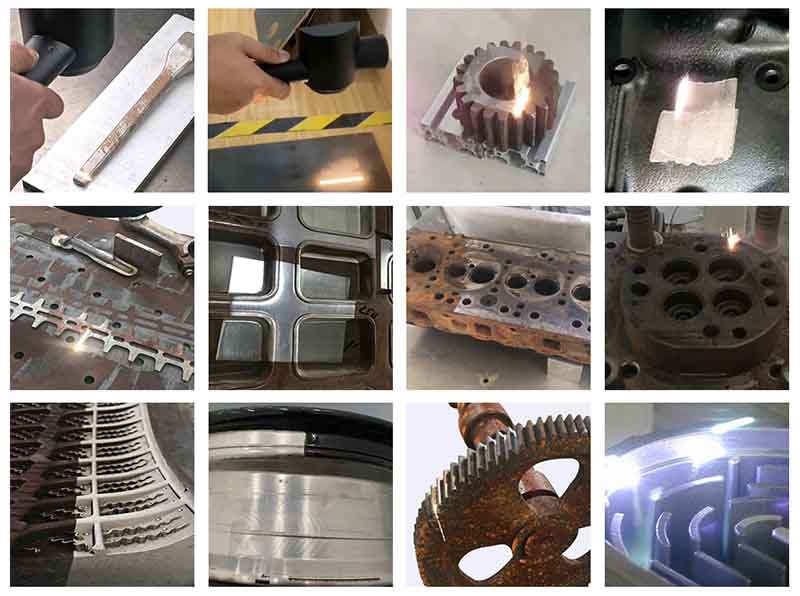
Applications of Professional Laser Cleaning Precision Equipment
- Precision Instruments
In precision machinery, ester- and mineral-based oils are often applied for lubrication and corrosion protection. Traditional chemical cleaning methods struggle to completely remove residues. Laser cleaning eliminates greases, oils, and coatings thoroughly while ensuring the surface integrity of sensitive components.
- Automotive Manufacturing
Before welding battery modules in electric vehicles, it is critical to remove oils and oxide layers from aluminum surfaces. Laser cleaning uses pulsed beams to selectively eliminate contaminants, avoiding the micro-particle residues that manual wiping often leaves behind.
- Electronics Manufacturing
Cleanliness directly affects the performance and reliability of electronic components. Laser cleaning provides high-efficiency, precise removal of oils, oxides, and other surface contaminants, ensuring optimal cleanliness and dimensional accuracy.
- Aerospace
Aerospace components demand extremely high cleanliness standards. Laser cleaning effectively removes fine particles and surface impurities, ensuring high performance and reliability. It can even penetrate carbon deposits up to 0.5 mm thick while simultaneously activating the surface—creating an ideal substrate for subsequent coating adhesion.
- Mold Industry
Non-contact laser cleaning preserves mold surface precision while safely removing contaminants. It can eliminate submicron-level particles that conventional methods cannot reach, delivering an environmentally friendly, efficient, and high-quality cleaning solution.
- Cultural Heritage Restoration
In the conservation of bronze artifacts and stone carvings, laser cleaning enables selective removal of harmful corrosion layers while preserving original textures and patina. At the Palace Museum, laser cleaning technology tripled the restoration efficiency of bronze relics while avoiding the corrosive risks associated with chemical methods.
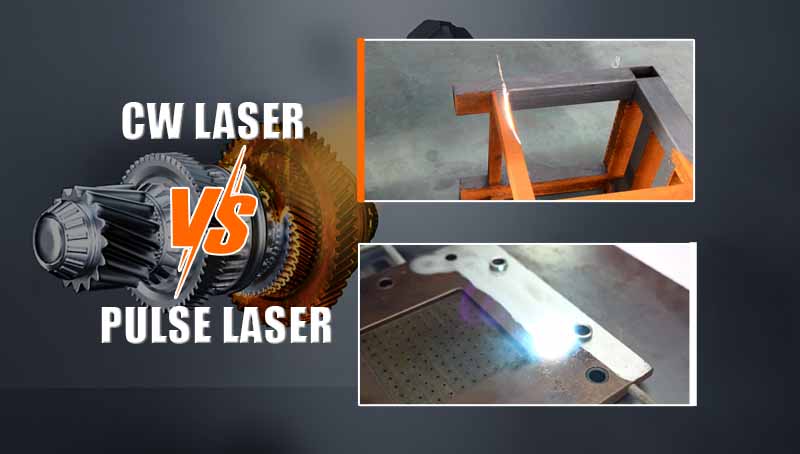
Pulsed Laser Cleaner for Precision Surface Prep
The pulsed laser cleaning system offers multiple advantages, making it the ideal choice for industrial applications where accuracy and safety are critical. Each laser pulse is carefully calibrated to deliver the precise energy required to remove contaminants without overheating or damaging the underlying material. With pinpoint targeting, the pulsed beam enables highly controlled cleaning of specific areas.
Compared to abrasive methods, this precision makes pulsed laser cleaning far safer for sensitive surfaces. It is particularly well-suited for precision cleaning, heat-sensitive materials, and complex geometries. For large flat surfaces and high-volume production, however, continuous-wave laser cleaning systems provide greater efficiency.
| Laser Type | Operating Mode | How to work | Features |
| Pulsed laser cleaning | Emitting short pulses (nanosecond-microsecond range), high peak power for instantaneous action | The contaminants are instantly vaporized/sublimated at high temperatures, generating a plasma shock wave with adjustable pulse width and frequency. | Concentrated energy, short action time, and minimal heat impact make it suitable for fine cleaning. |
| Continuous laser cleaning | Emitting continuous laser beams, stable power for continuous heating | Continuous heating and evaporation/ablation of the contaminants alters the bonding strength, leading to heat accumulation. | Stable, continuous energy output makes it suitable for large-area cleaning, but the heat-affected zone is large. |
| Laser Type | Processing speed | Efficiency | Pros. And Cons. | Applicable materials | Applications |
| Pulsed laser cleaning | Slower | 100W → 0.5–2 ㎡/h | High-quality cleaning, suitable for complex surfaces and high-precision components. Large-area cleaning may take longer. | Highly Reflective Materials: Aluminum alloys (oxide film removal), titanium alloys (engine blades), stainless steel (complex molds) High-Precision Materials: Semiconductor wafers (removal of gold/tungsten particles), electronic components (pre-solder oxide removal), cultural relics (bronze artifacts, marble surfaces) | Precision industry, mold cleaning, electronics manufacturing, cultural relic restoration, etc. |
| Continuous laser cleaning | Fast | 1000W → 10–20 ㎡/h | High-speed, efficient cleaning, suitable for large, flat surfaces. May damage heat-sensitive materials. | Iron-Based Materials: Carbon steel (rust and oil removal), steel structures (pre-welding cleaning), automotive body-in-white (large-area paint removal) Non-Precision Materials: Construction materials (stone, glass), shipbuilding steel plates (rust and paint removal), industrial equipment (large-scale machinery cleaning) | Large-scale rust and paint removal, shipbuilding, construction materials, and equipment maintenance, etc. |
The Top Pulsed Laser Cleaning Machine Brand 2025
Pulsed laser cleaning machines have attracted significant investment from both international giants and leading Chinese companies due to their precision, non-contact operation, and controllability.
TRUMPF (Germany)
As a pioneer in global laser technology, TRUMPF has deep expertise in industrial lasers. Its pulsed laser cleaning solutions are known for high stability and strong system integration capabilities, widely applied in automotive, aerospace, and precision manufacturing sectors.
IPG Photonics (USA)
IPG is a leader in fiber laser technology with a comprehensive portfolio of mid- to high-power pulsed laser cleaning systems. Its products are renowned for excellent beam quality and high reliability, with strong influence in European and American industrial markets.
Han’s Laser (China)
As a leading publicly listed company in China’s laser equipment industry, Han’s Laser has a full industrial chain layout. Its focus in laser cleaning is on high-power, automated production-line systems, providing complete solutions for advanced manufacturing with an emphasis on system integration and practical engineering implementation.
HG Laser (China)
Part of Huagong Technology and supported by national key laboratories, HG Laser has strong technical foundations. Its pulsed laser cleaning equipment is noted for high reliability and research-to-industry conversion capabilities, widely used in defense, scientific research, and precision manufacturing.
Dapeng Laser (China, Shenzhen)
Founded by an expert team, Dapeng Laser focuses on international markets.
- Comprehensive Product Range: From portable mini laser cleaning units to automation pulsed laser cleaners.
- Global Service Network: Service centers in multiple countries.
- Competitive Pricing: Equipment is typically around 30% cheaper than comparable products, making it highly attractive to SMEs and overseas markets.
DPLASER Pulsed Laser Cleaning Machine
Precision Surfaces Cleaning Without Damage
The Dapeng Laser pulsed laser cleaning system is designed for precision component cleaning without causing surface damage. By adjusting the laser pulse parameters, it can perform delicate cleaning on high-precision surfaces, leaving virtually no trace on the material. This makes it ideal for precision parts, cultural relics, or any objects with strict surface substrate requirements.
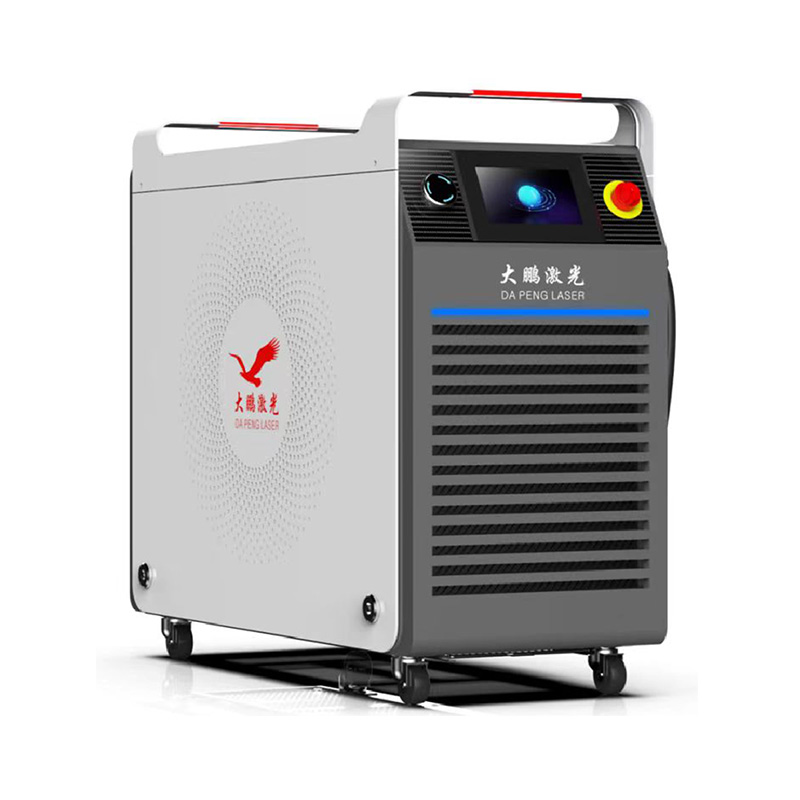
Multiple Cleaning Modes
The pulsed laser cleaner offers various cleaning modes. Operators can easily switch modes via the interface, selecting the appropriate scanning pattern for different shapes and surface conditions. This targeted approach ensures efficient and thorough cleaning.
User-Friendly Operation
Equipped with a display screen, operators can easily adjust laser parameters, including power, frequency, scan speed, number of passes, and scan area (width and height). The intuitive interface makes setup quick and simple, even for complex cleaning tasks.
Safe and Efficient
The CNC-controlled laser cleaning system is safe, reliable, and suitable for a wide range of industrial environments. With a typical laser lifespan of up to 100,000 hours under normal use, Dapeng laser cleaners provide fast, efficient cleaning that helps factories increase productivity and maximize profitability.
Summary, in the era of advanced manufacturing, pulsed laser cleaning precision manufacturing has emerged as a game-changing solution. By combining non-contact operation, fine-tuned laser pulses, and unparalleled control, it ensures delicate surfaces are cleaned without compromise. Whether you work in manufacturing, automotive, or any industry requiring precise surface treatment, our user-friendly machines deliver professional-grade results. Dapeng Laser cleaning systems do more than just clean—they transform your surface preparation and maintenance processes. Take the first step toward efficient, exceptional performance today!
